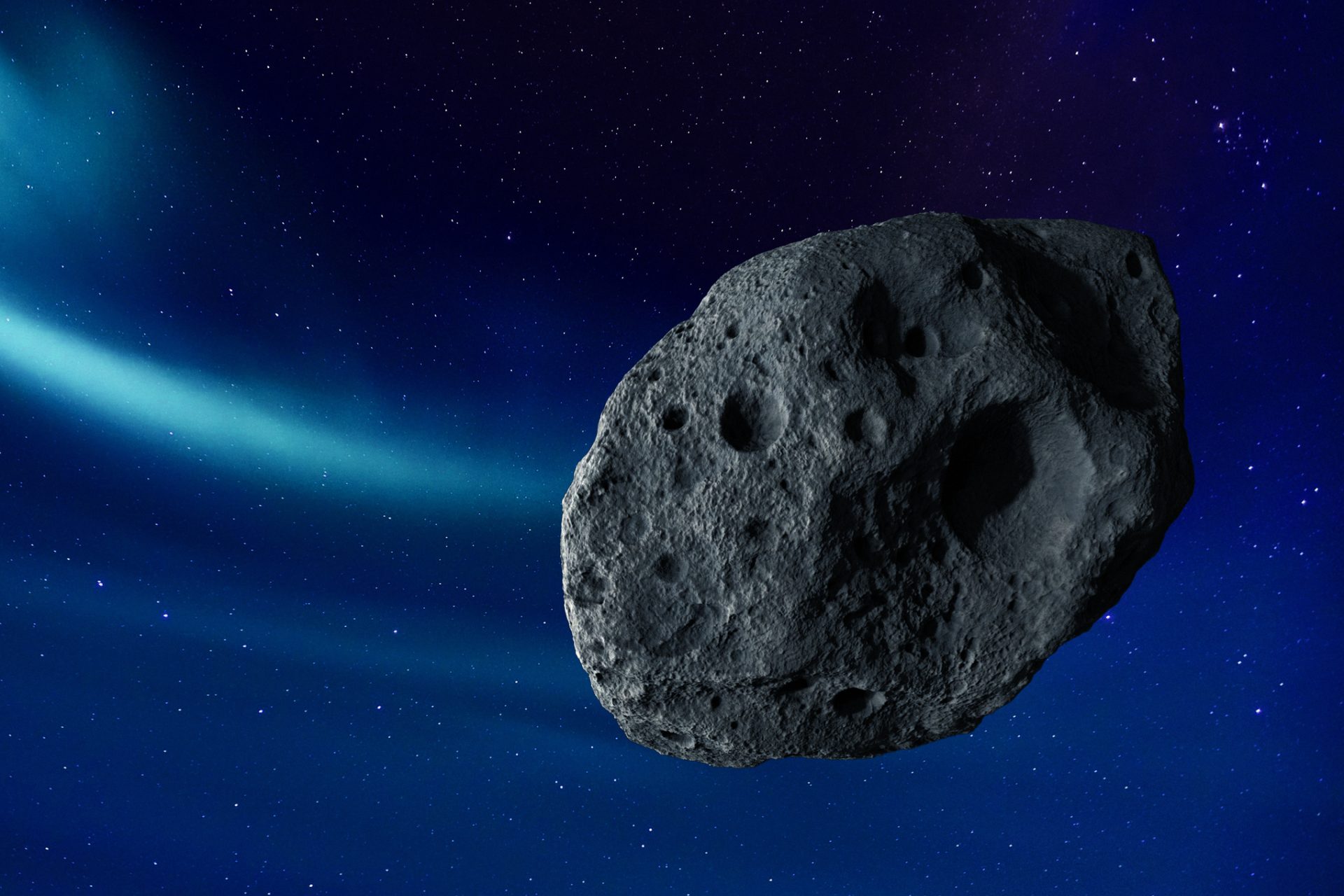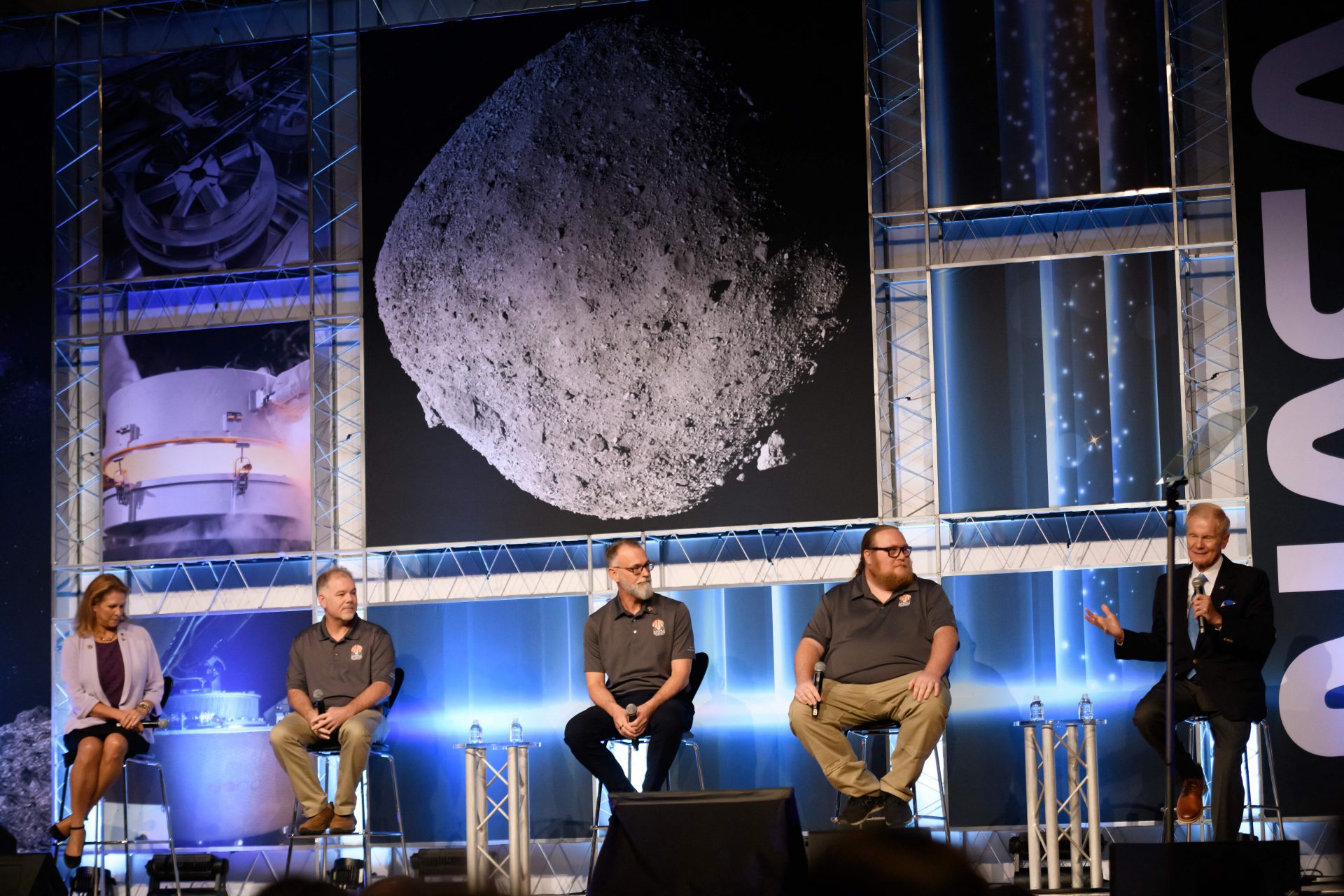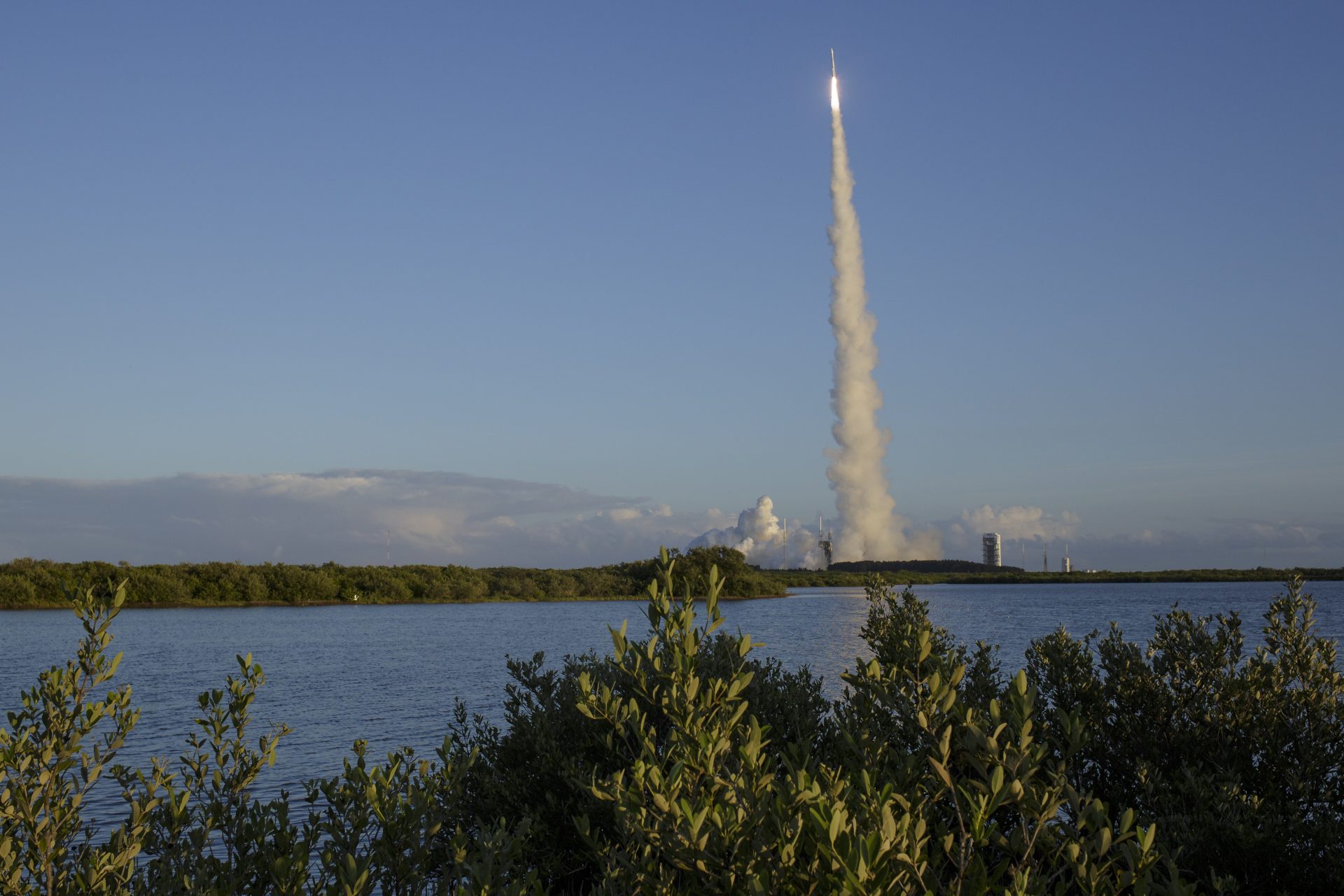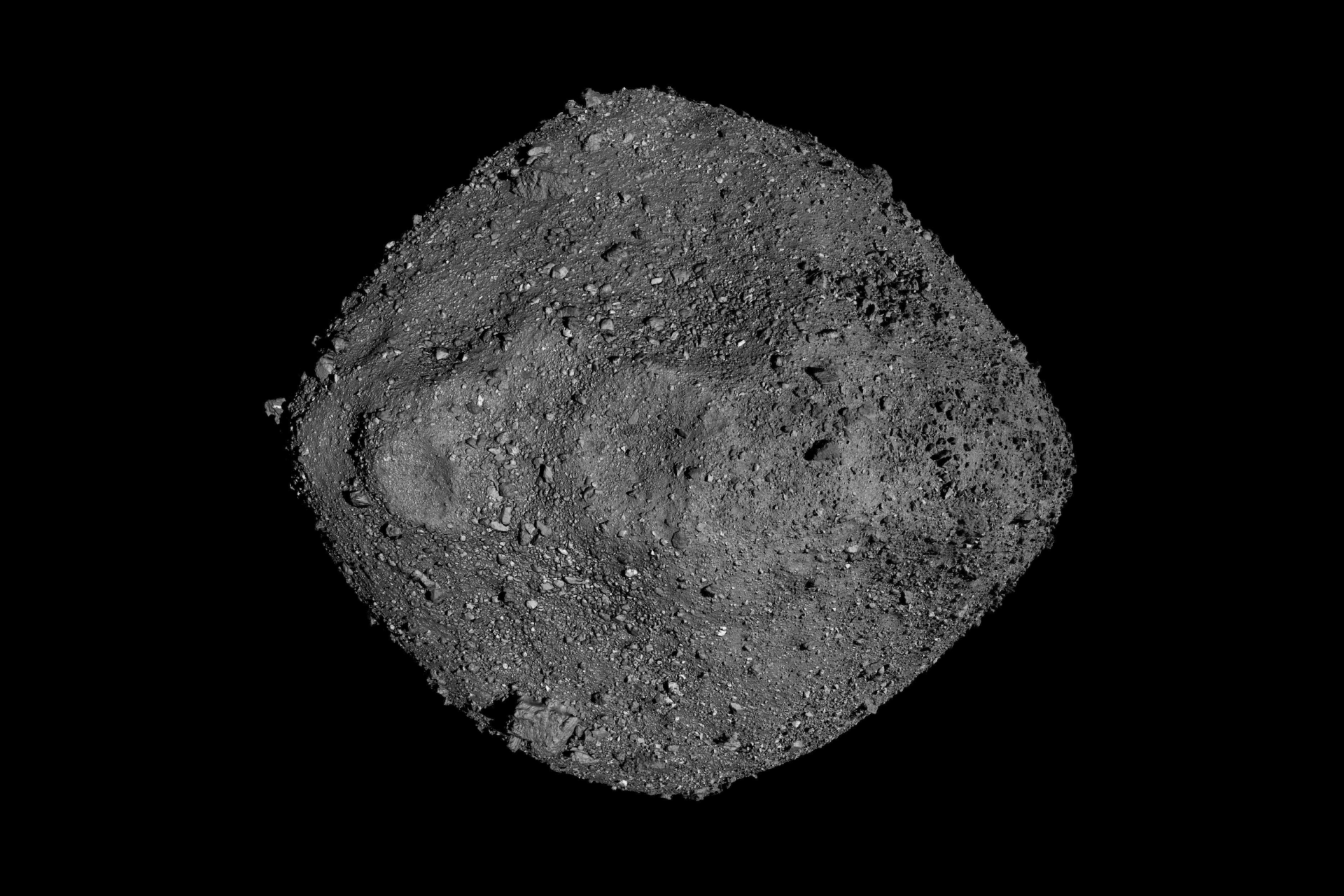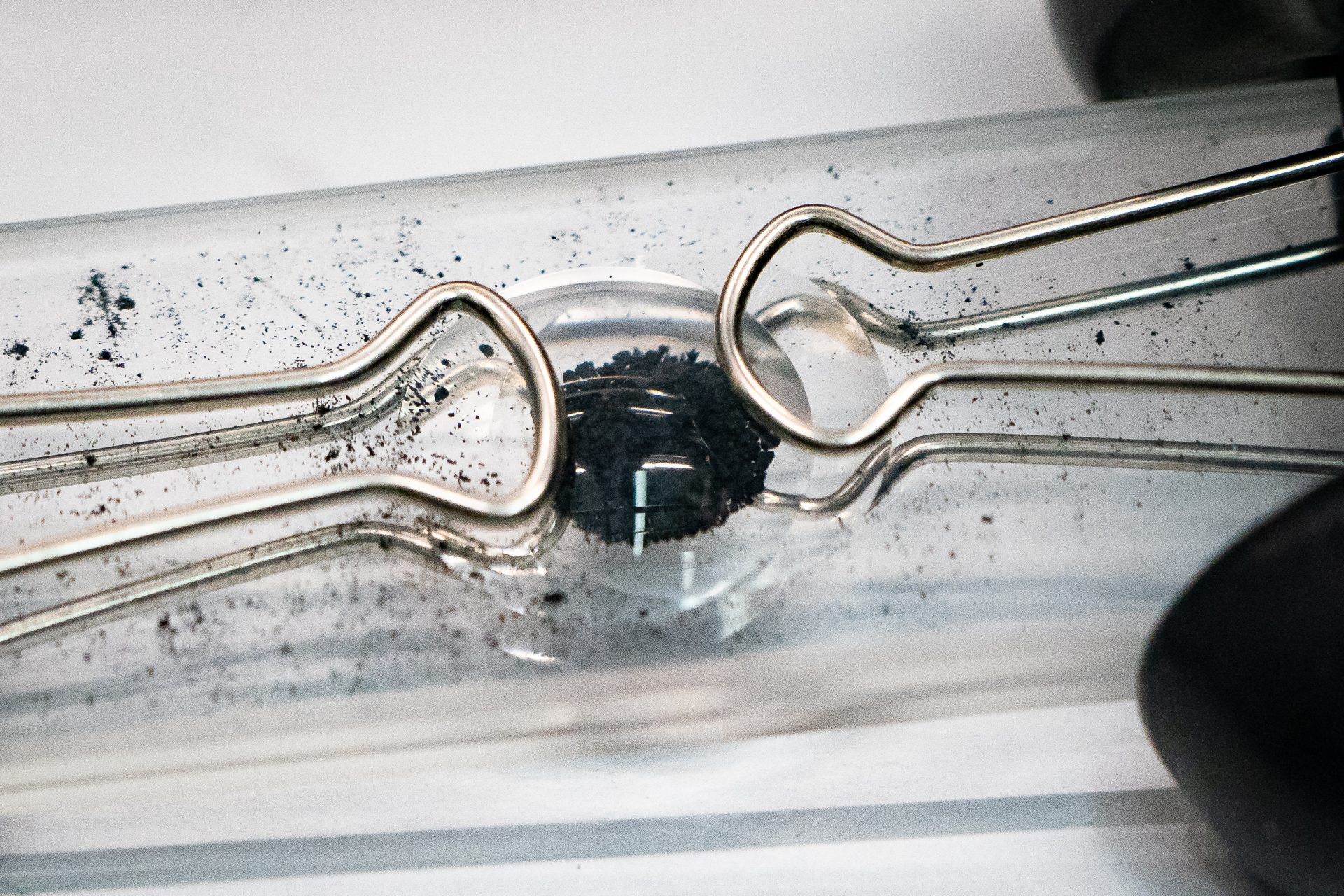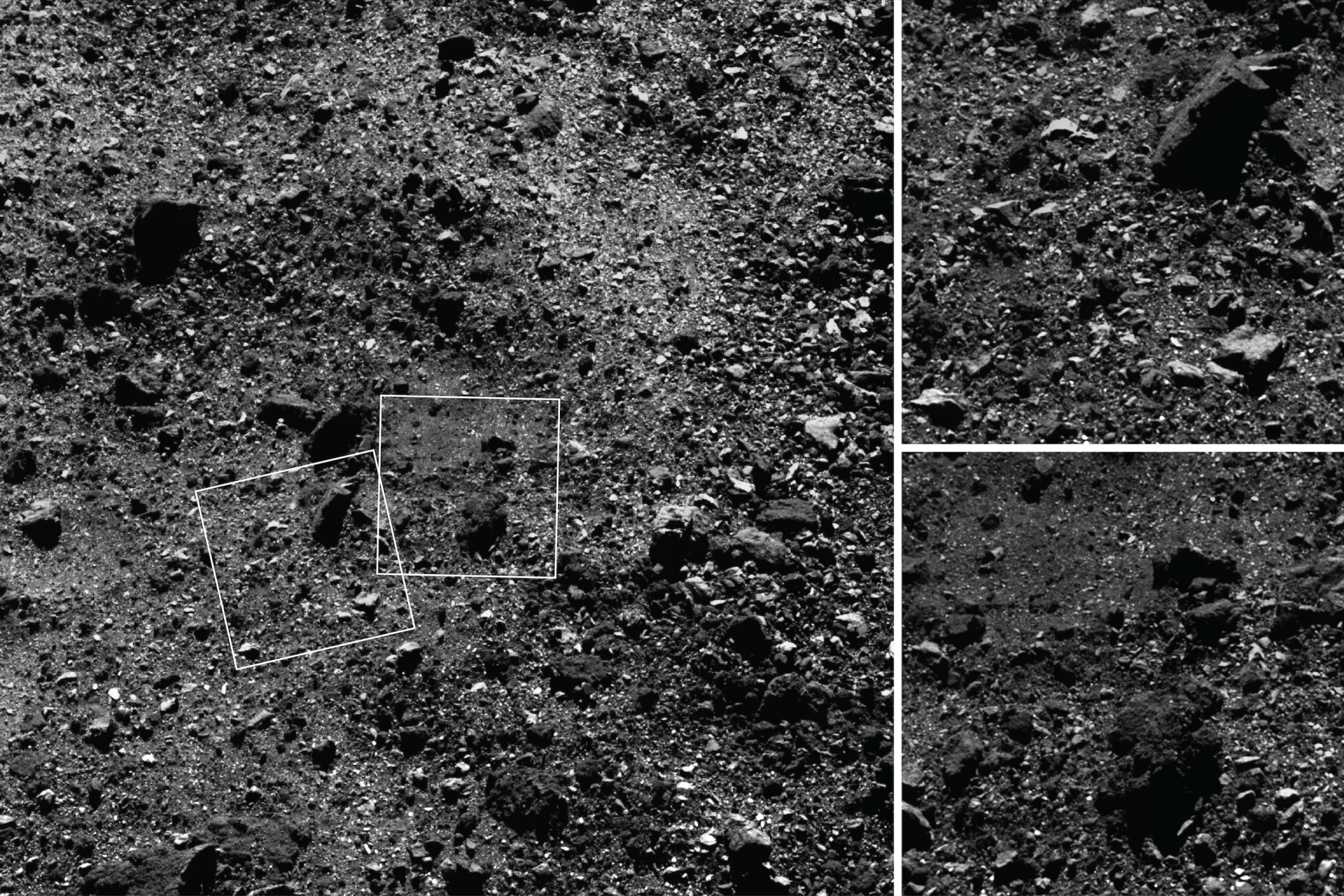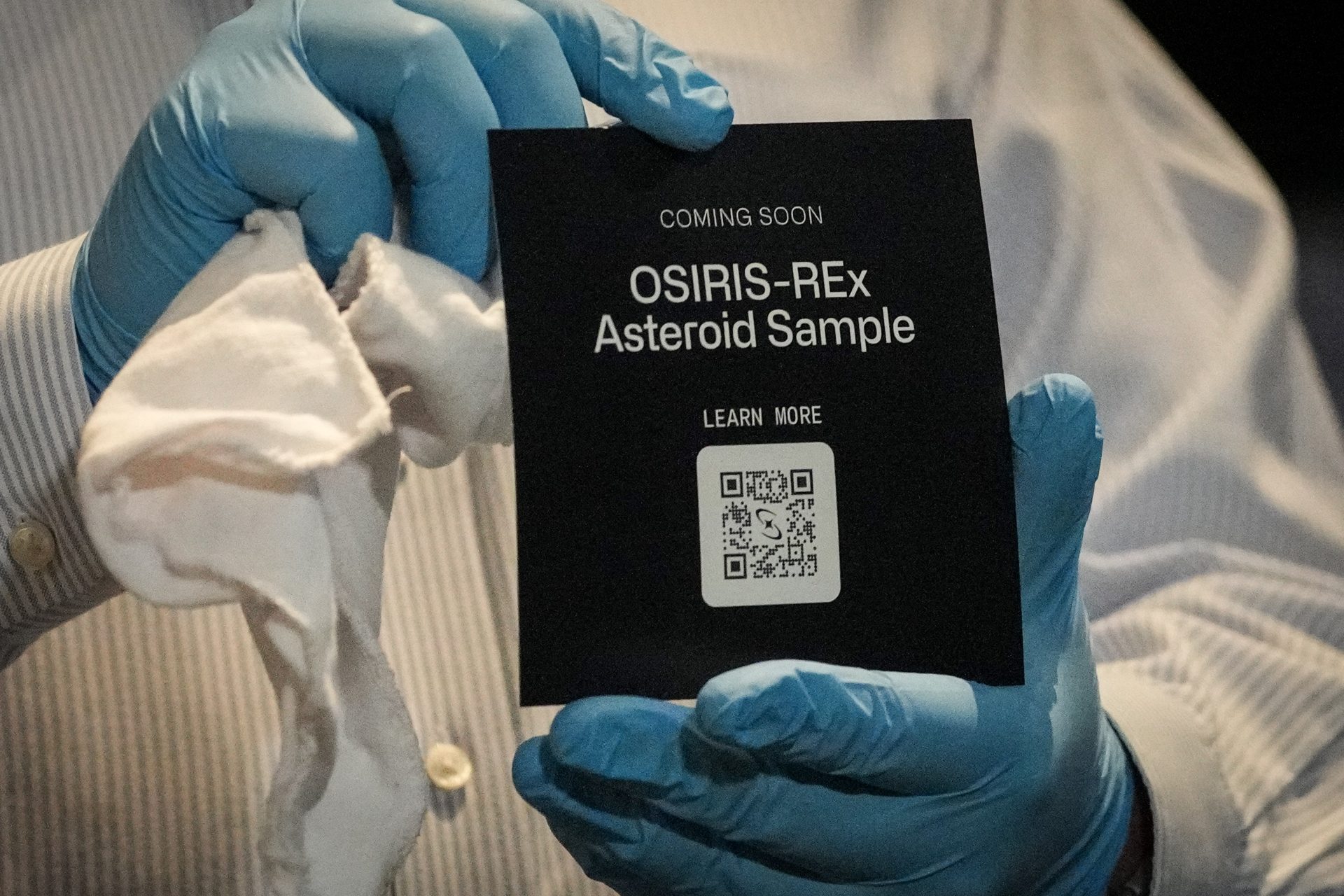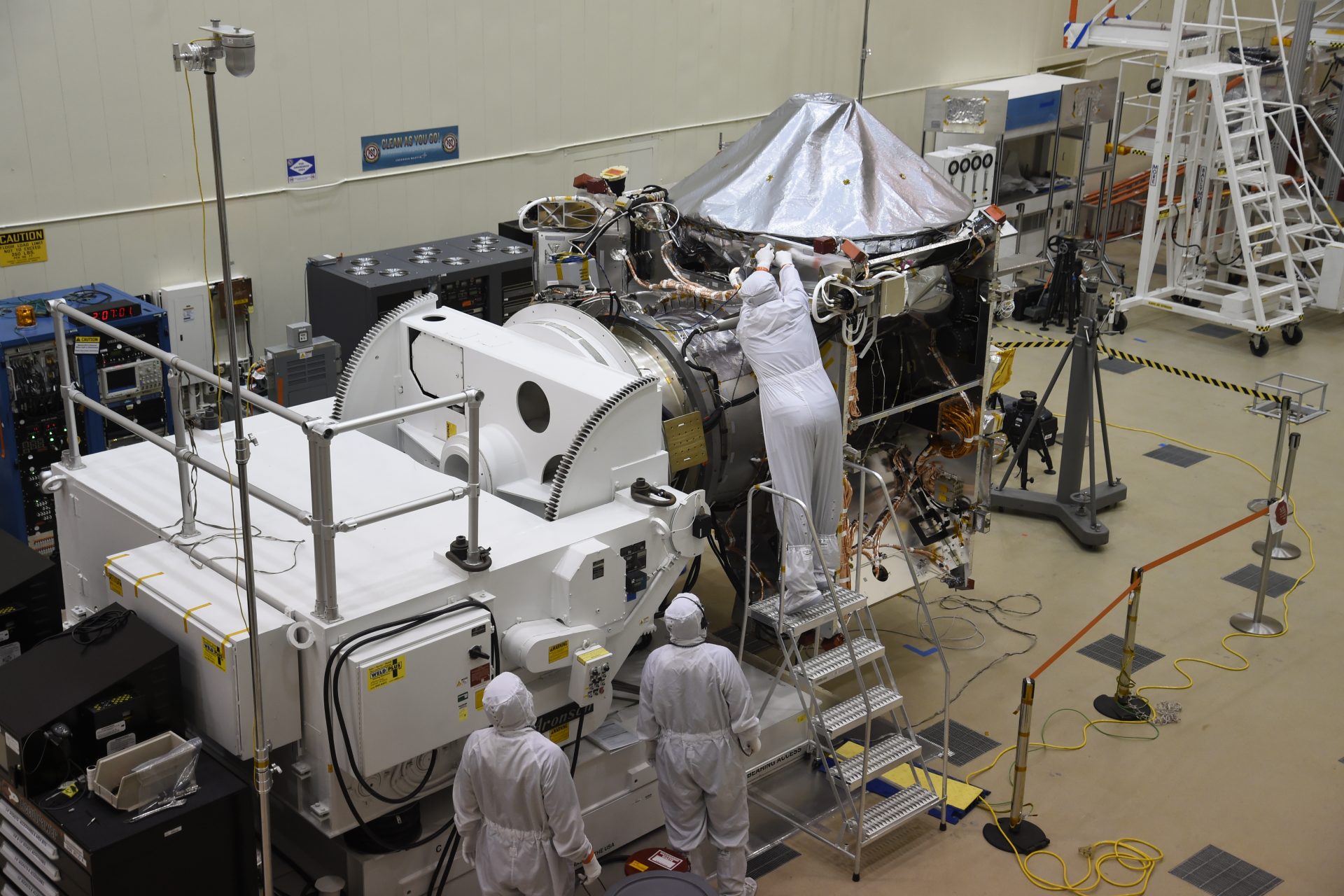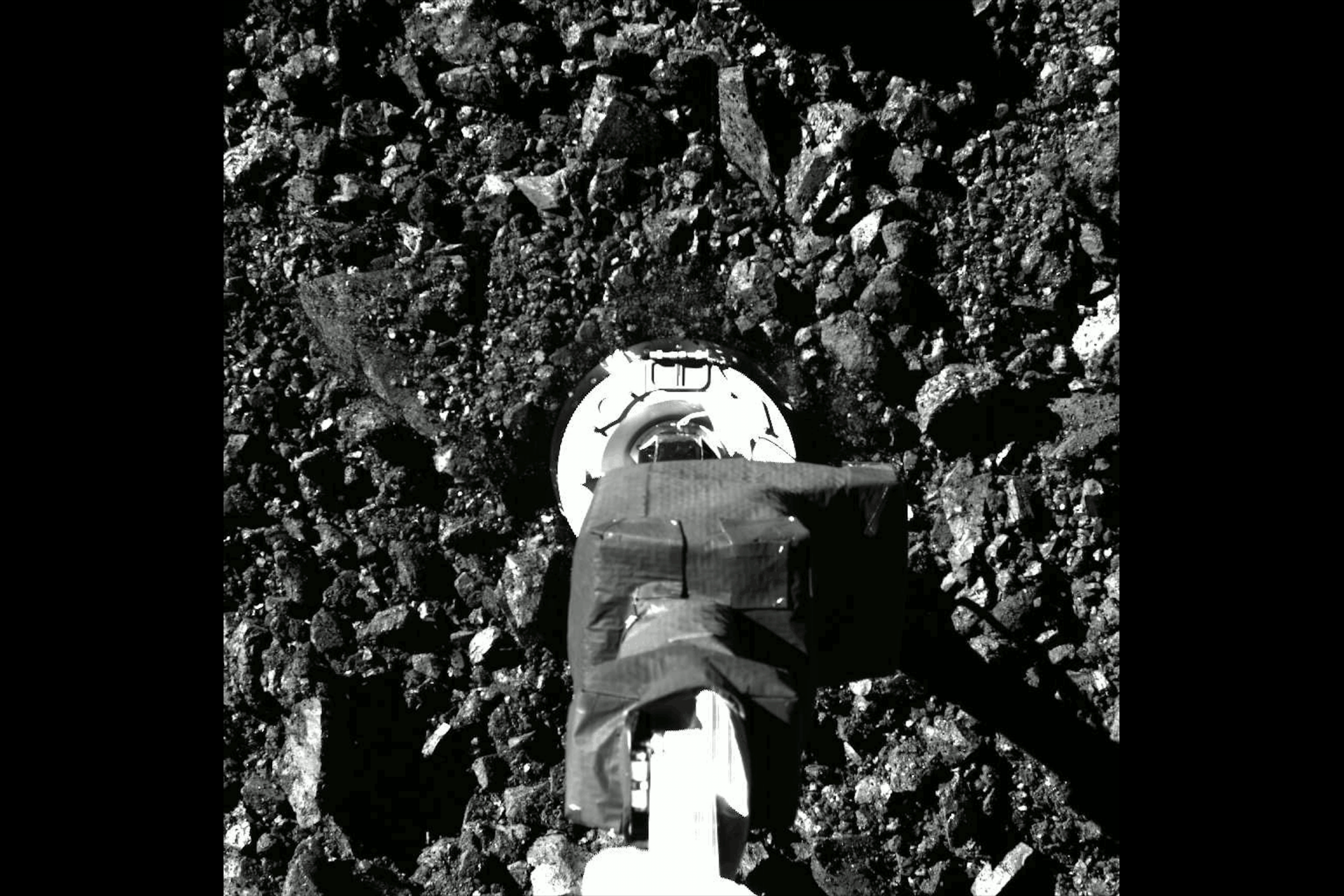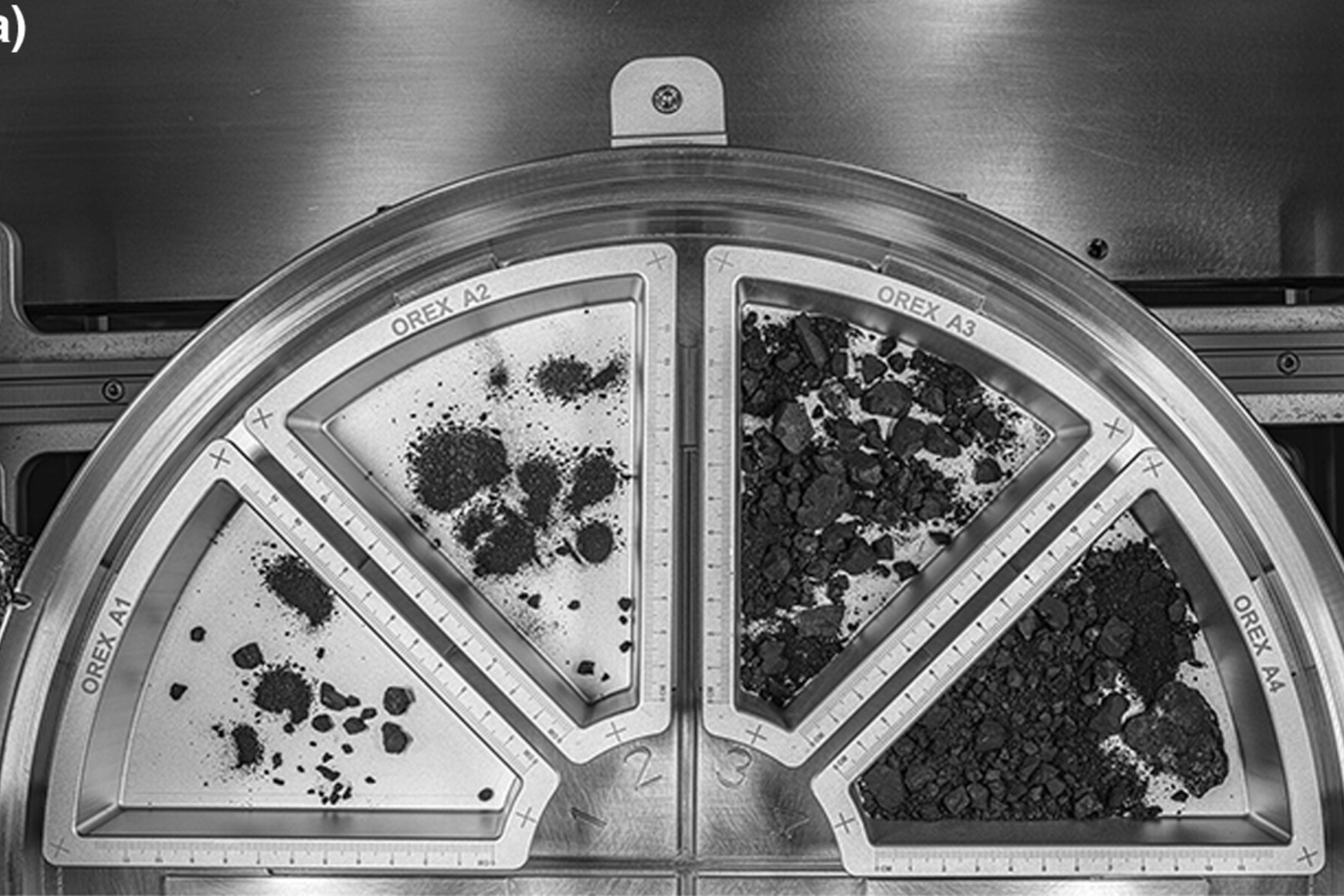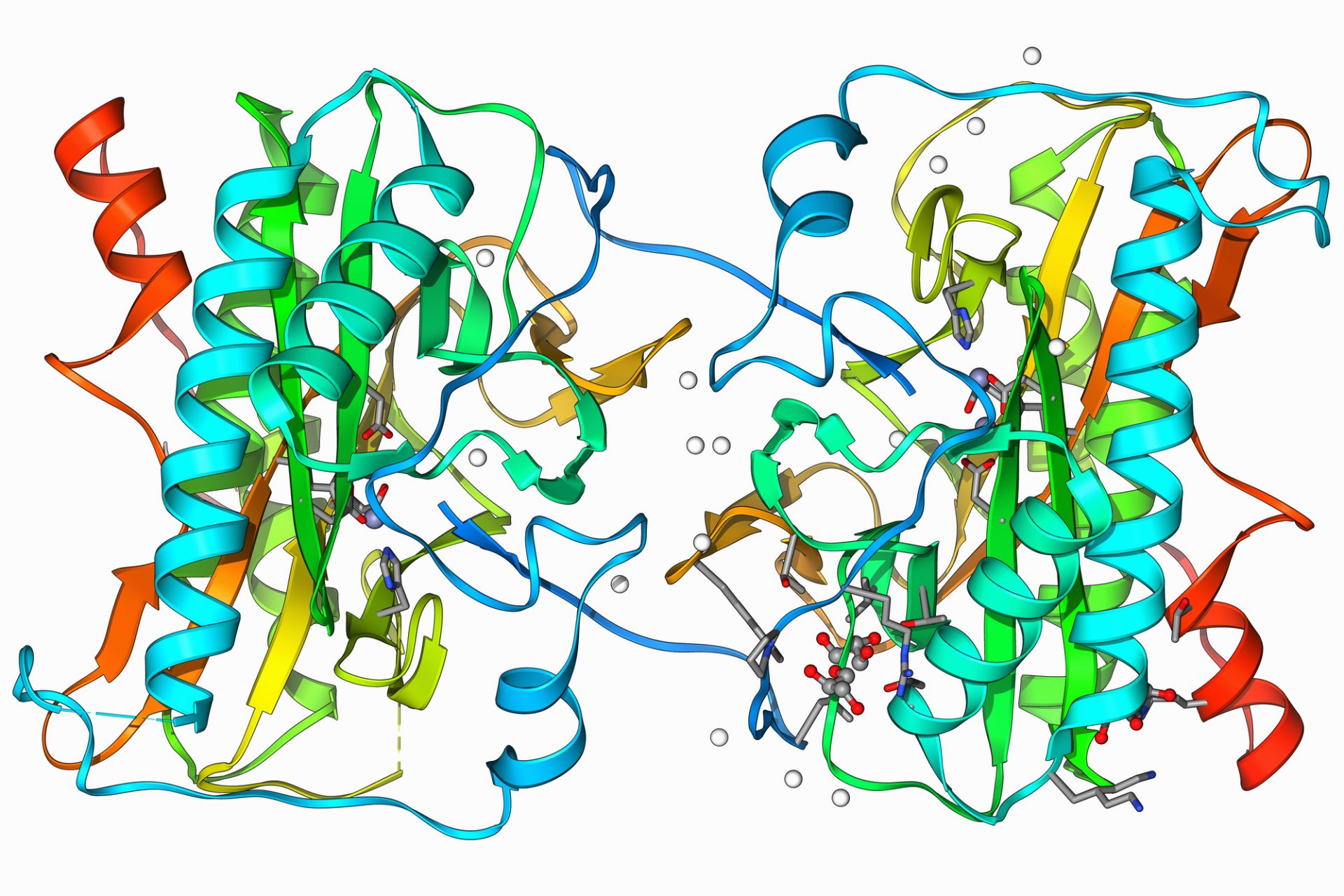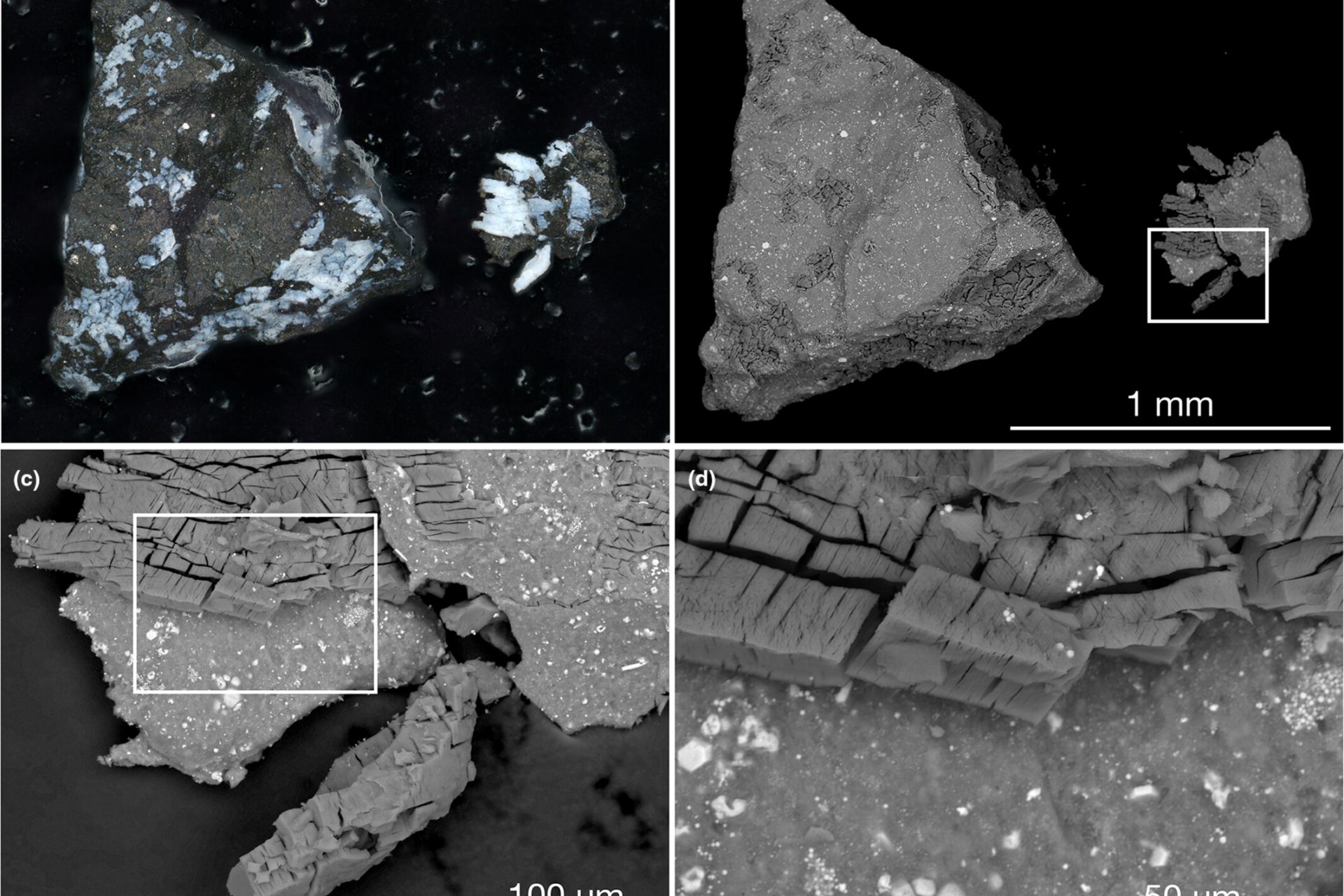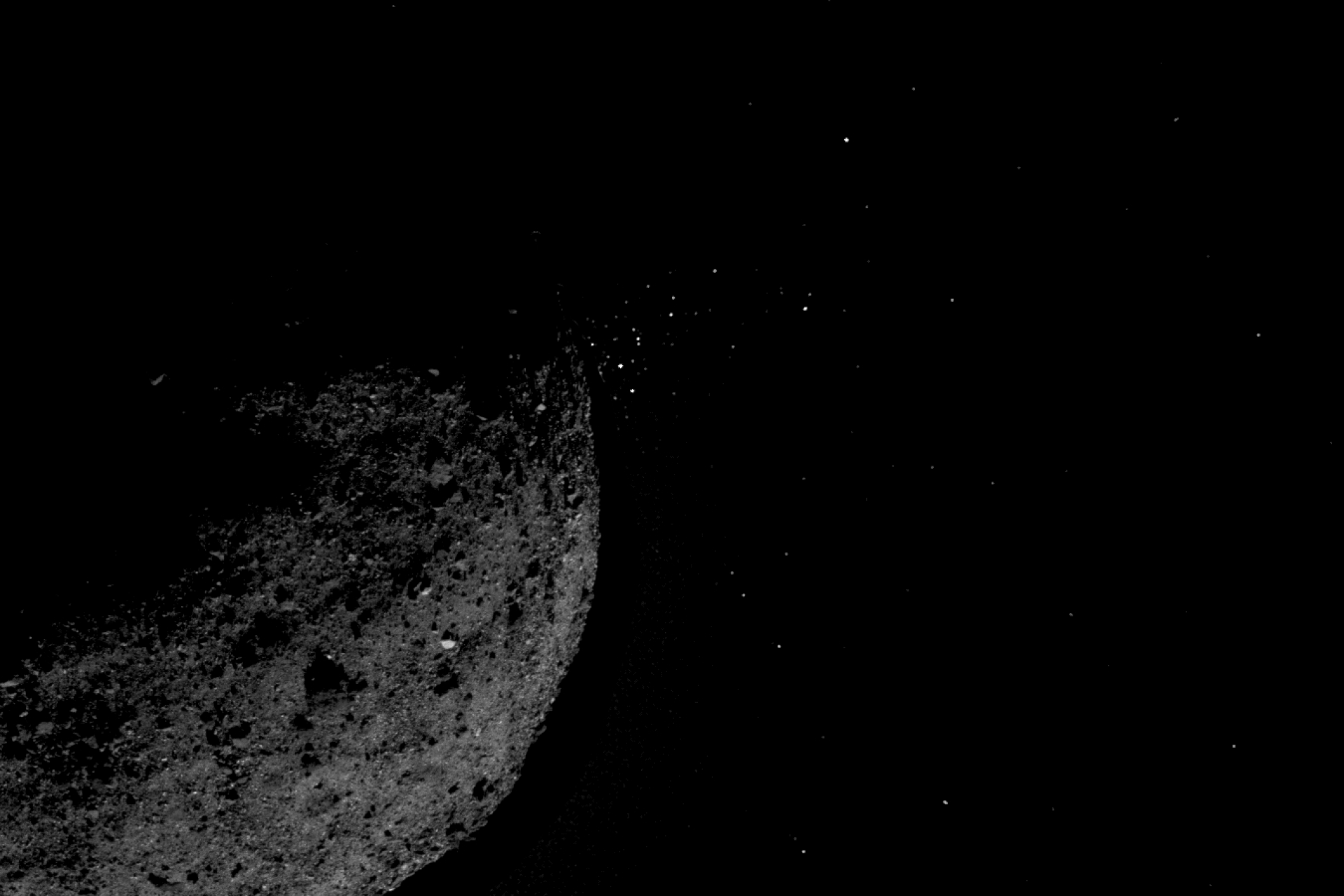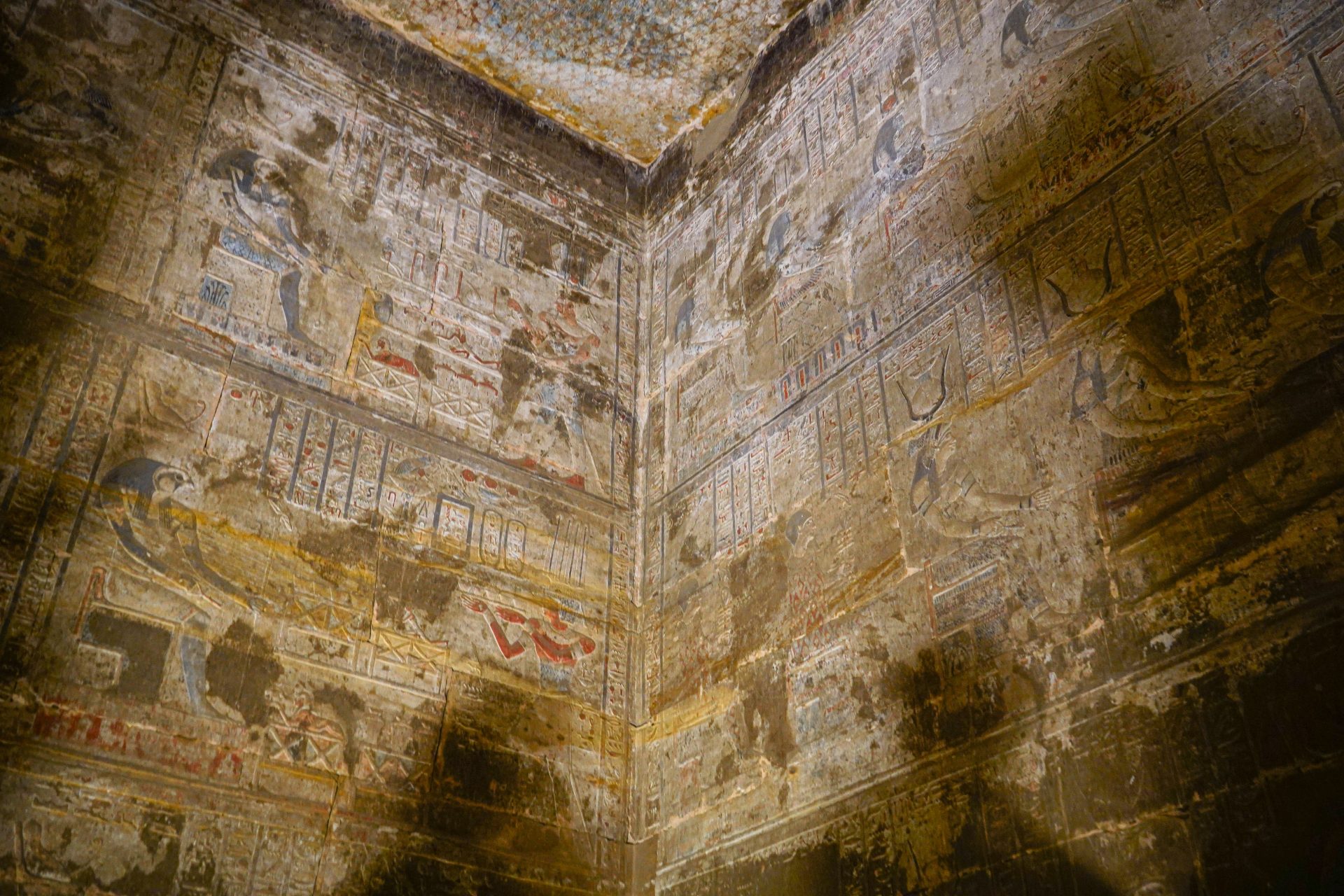Dust collected from an ancient asteroid could rewrite everything we know about life on Earth
Researchers have revealed they discovered the essential building blocks of life in dust samples collected from an asteroid The finding could represent one of the most significant discoveries in human history.
New studies published in the journal Nature and Nature Astronomy found that recent samples gathered by NASA from the asteroid Bennu were rich in the compounds and minerals needed to support life according to BBC News.
On September 8th, 2016, NASA launched the Origins, Spectral Interpretation, Resource Identification, and Security-Regolith Explorer—better known as OSIRIS-REx—mission to travel to the Asteroid Bennu and gather a sample of the space rock.
Formerly known as Asteroid 1999 RQ36, Bennu had a small amount of dust and rock collected by NASA’s OSIRIS-REx spacecraft on October 20th, 2020. After which the samples were rushed back to Earth, though they took years to arrive.
Photo Credit: Wiki Commons By NASA/Goddard/University of Arizona, Public Domain
Roughly 120 grams of black dust was collected from Bennu. BBC News noted that that may not sound like much but it was more than enough to contain a “treasure trove” of new information that could teach us much about our universe.
NASA’s OSIRIS-REx was the first mission to outer space that has successfully collected pristine samples from an asteroid. The mission’s samples returned to the Earth on September 23rd, 2024, and have been studied ever since.
Photo Credit: Wiki Commons By NASA/Goddard/University of Arizona, Public Domain
“Scientists hope the Bennu sample will reveal whether asteroids that collided with Earth billions of years ago thereby delivered water and other ingredients for life to our planet,” NASA explains on its OSIRIS-REx mission website.
Despite the long journey to Bennu, the samples collected by OSIRIS-REx have turned out to be brimming with important information and may be the key to understanding how life could potentially be propagated throughout the universe.
“NASA’s OSIRIS-REx mission already is rewriting the textbook on what we understand about the beginnings of our solar system,” said Nicky Fox, associate administrator, and Science Mission Directorate at NASA Headquarters in Washington.
“Asteroids provide a time capsule into our home planet’s history, and Bennu’s samples are pivotal in our understanding of what ingredients in our solar system existed before life started on Earth,” Fox added, according to a release from NASA.
A recent analysis of the samples by a group of researchers from Curtis University found that Bennu is rich in amino acids, which are the molecules required to make up proteins, as well as nucleobases, something fundamental for DNA.
Photo Credit: Wiki Commons By NASA/Goddard/University of Arizona, Public Domain
According to BBC News, the discovery doesn’t mean that there is life on Bennu, though it does lend more credence to the theory that life could have started on our planet after asteroids brought the necessary compounds to our world.
"What we've learned from it is amazing," said Prof Sara Russell, a cosmic mineralogist from the Natural History Museum in London."It's telling us about our own origins and it enables us to answer these really, really big questions about where life began.”
Photo Credit: Wiki Commons By Dante S. Lauretta et. al., CC BY 4.0
BBC News reported that 14 of the 20 amino acids found on Earth were discovered by researchers. The new study also found Bennu harbors an array of minerals and salts, which suggests water was likely present on the asteroid at some point in its history.
Ammonia was also discovered in the samples. This is important because ammonia is critical for biochemical reactions.
Photo Credit: Wiki Commons By Dante S. Lauretta et. al., CC BY 4.0
"It's just incredible how rich it is. It's full of these minerals that we haven't seen before in meteorites and [a] combination of them that we haven't seen before. It's been such an exciting thing to study," Russell told BBC News.
Never miss a story! Click here to follow The Daily Digest.
Photo Credit: Wiki Commons By NASA/Goddard/University of Arizona/Lockheed Martin, Public Domain
More for you
Top Stories



